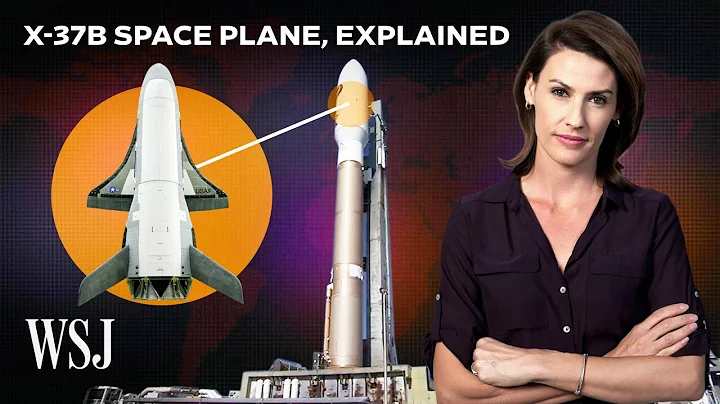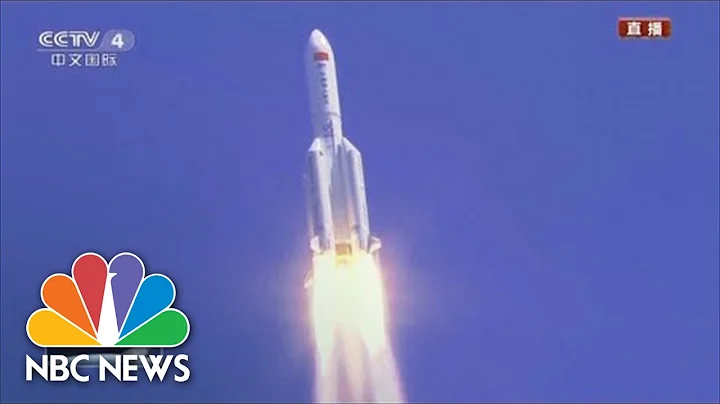On June 28, Beijing time, the United States successfully launched a lunar probe CAPSTONE (Apex). This was also the first time the United States successfully launched a lunar probe in the past 10 years.

CAPSTONE was successfully launched
This time the lunar probe CAPSTONE is an experimental navigation satellite, weighing only 25 kilograms. The orbit to be entered is the lunar NRHO orbit (near linear halo orbit). The orbit is a precise balance point connecting the gravity of the Earth and the Moon. It is very stable and requires minimal energy to maintain. It is an ideal staging area for lunar and other missions.

NRHO orbit
The US Rocket Laboratory's Electron rocket and its Photon upper stage are responsible for this launch mission. The rocket launch mission has been completed. In the next five days, the Photon upper stage will accelerate CAPSTONE's speed to 10.97km. /s, entering a ballistic lunar transfer orbit.
What’s interesting is that the CAPSTONE probe will not reach the moon directly. Instead, it will use a key "ballistic lunar transfer" technology to first take the probe 1.5 million miles away, and then return to the moon and enter the NRHO orbit. The process takes approximately 4 months.

CAPSTONE
The biggest advantage of this technology is that it can use the gravity of celestial bodies to reduce fuel carrying, making it feasible for small rockets to launch interstellar cube satellites in the future, and more lunar exploration missions can also use this technology to become simpler. The
CAPSTONE mission, also known as the Earth-Moon Autonomous Positioning System Technical Operation and Navigation Experiment, aims to establish a lunar navigation plan and also verify the stability of the NRHO orbit. After all, this is the first time a human spacecraft has entered this orbit, and it is also part of the U.S. Artemis program.
Advanced Space, which is responsible for the task, said: CAPSTONE will test the cross-linking with the Lunar Orbiter (LRO) and determine its position without the help of a ground station, which is somewhat similar to the GPS system for point-to-point communication on the earth. .
Although CAPSTONE is funded by NASA, its operation rights are handled by Advanced Space. After the test is successful, CAPSTONE will provide data information for NASA's Gateway mission and other lunar missions.

The Lunar Gateway module under construction
As part of the Artemis program, the Lunar Gateway is actually the establishment of the space station above the moon, which also runs in the NRHO orbit . Currently, the two modules of the Lunar Gateway are being manufactured, and ground manufacturing has entered the final stage, and is expected to be launched in 2024.
The core mission of the Artemis program is of course to achieve manned landing on the moon and establish a lunar base. Due to the repeated push of the SLS rocket, the Artemis 1 mission originally planned to be launched in 2021 is still lying on the ground and has not taken off. . According to the plan, NASA will use Boeing's SLS rocket, Lockheed Martin's Orion spacecraft and Spacex's lunar landing version of Starship to achieve manned landing.

The U.S. moon landing plan indicated that
may not be able to stand the threat of funding from Boeing if it disagrees. NASA directly ignored the leakage problem discovered during the test and announced that the SLS rocket would be launched in August this year. Interestingly, the founder of SpaceX, Elon Musk, also announced the first orbital launch of their starship before August.

Spacex Starship
On the east coast of the Pacific, the lunar international scientific research station project led by my country and Russia is also in full swing, and will send people to the moon around 2030!





















